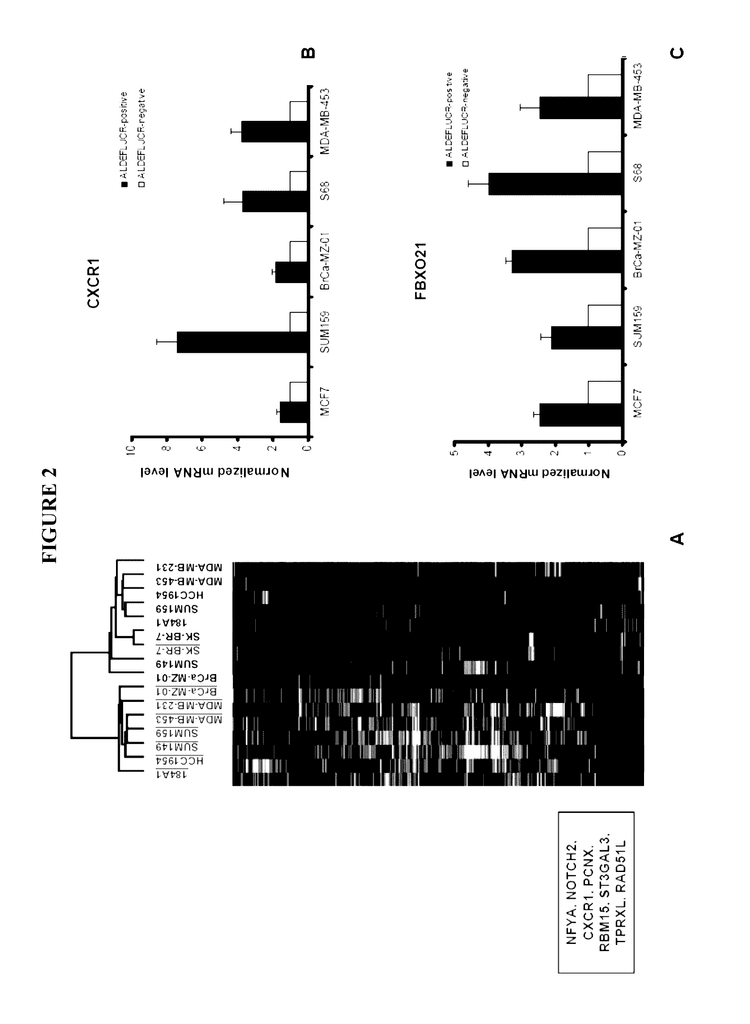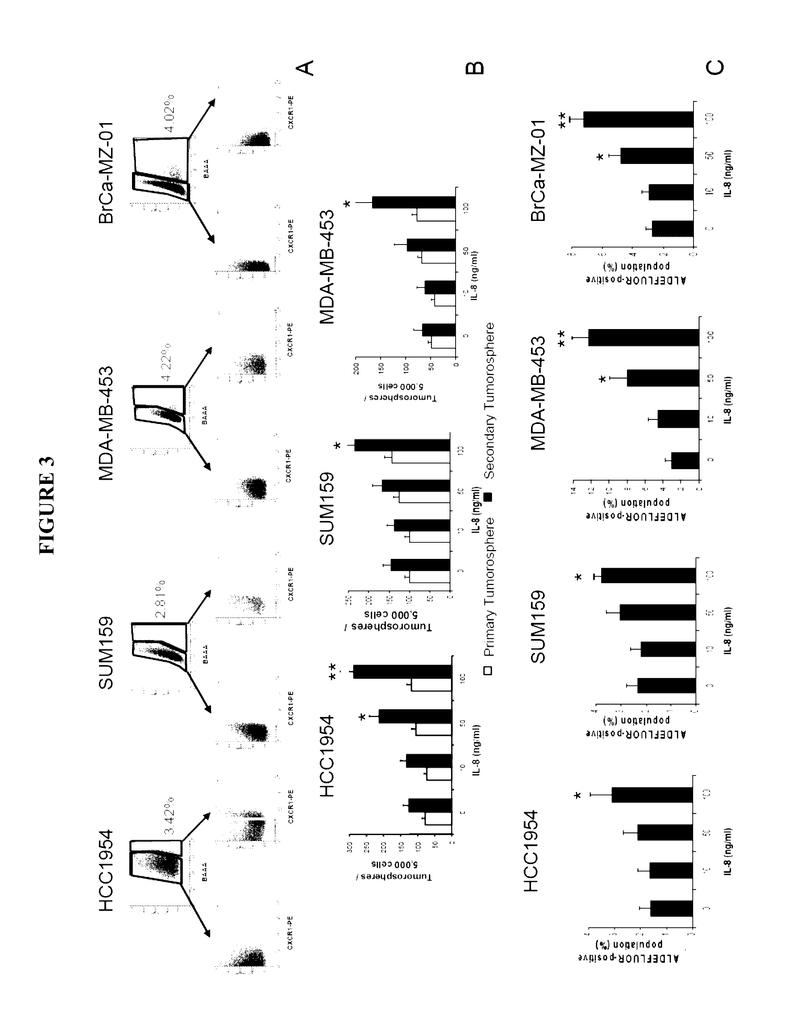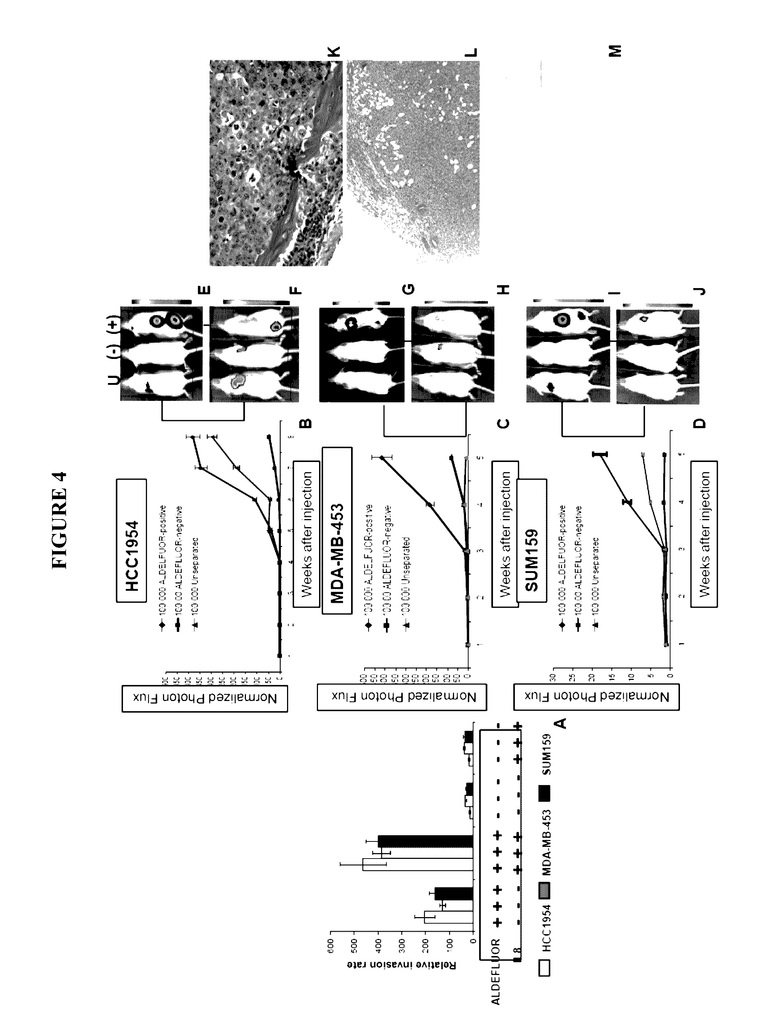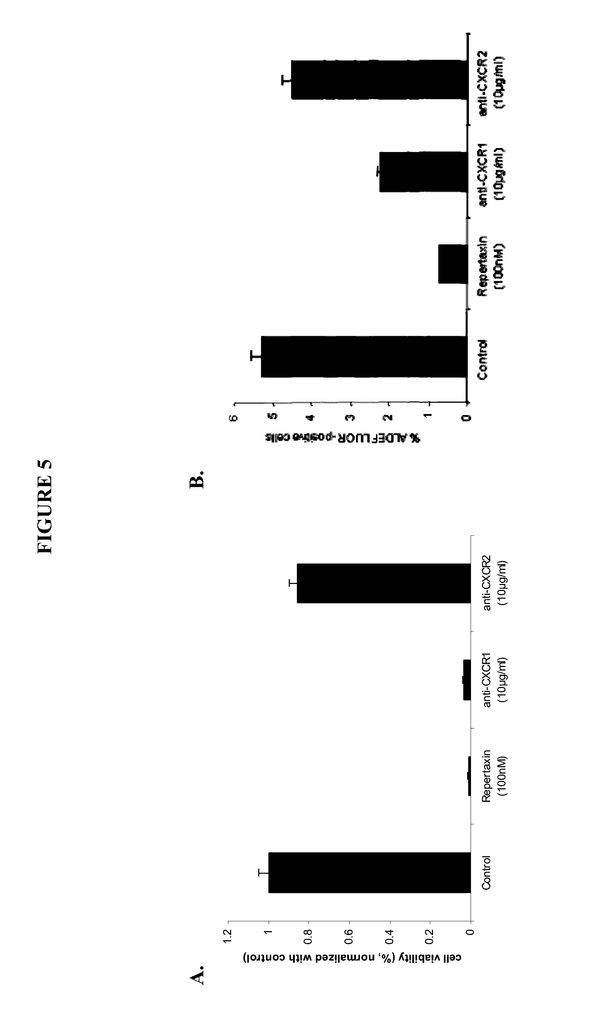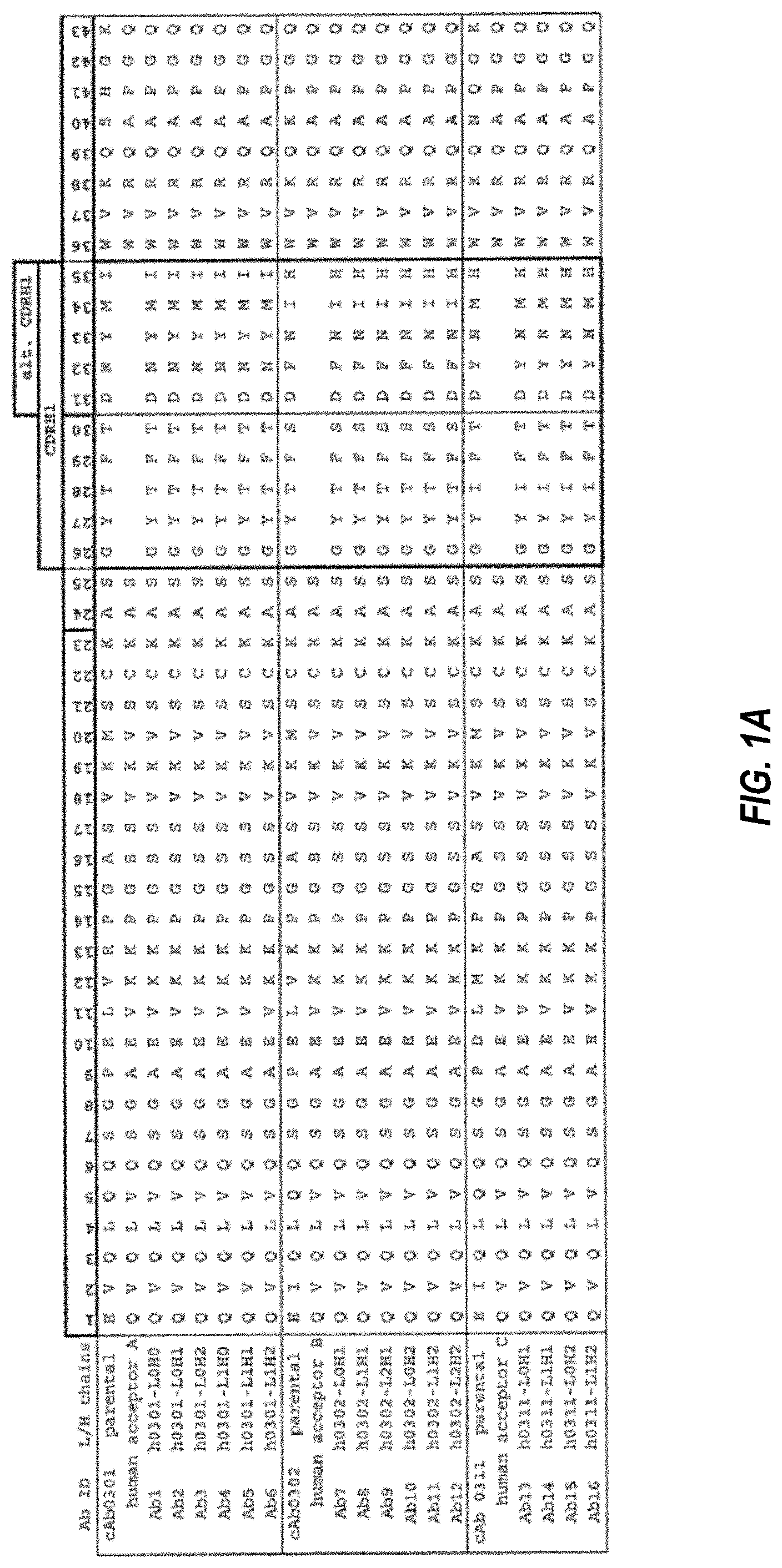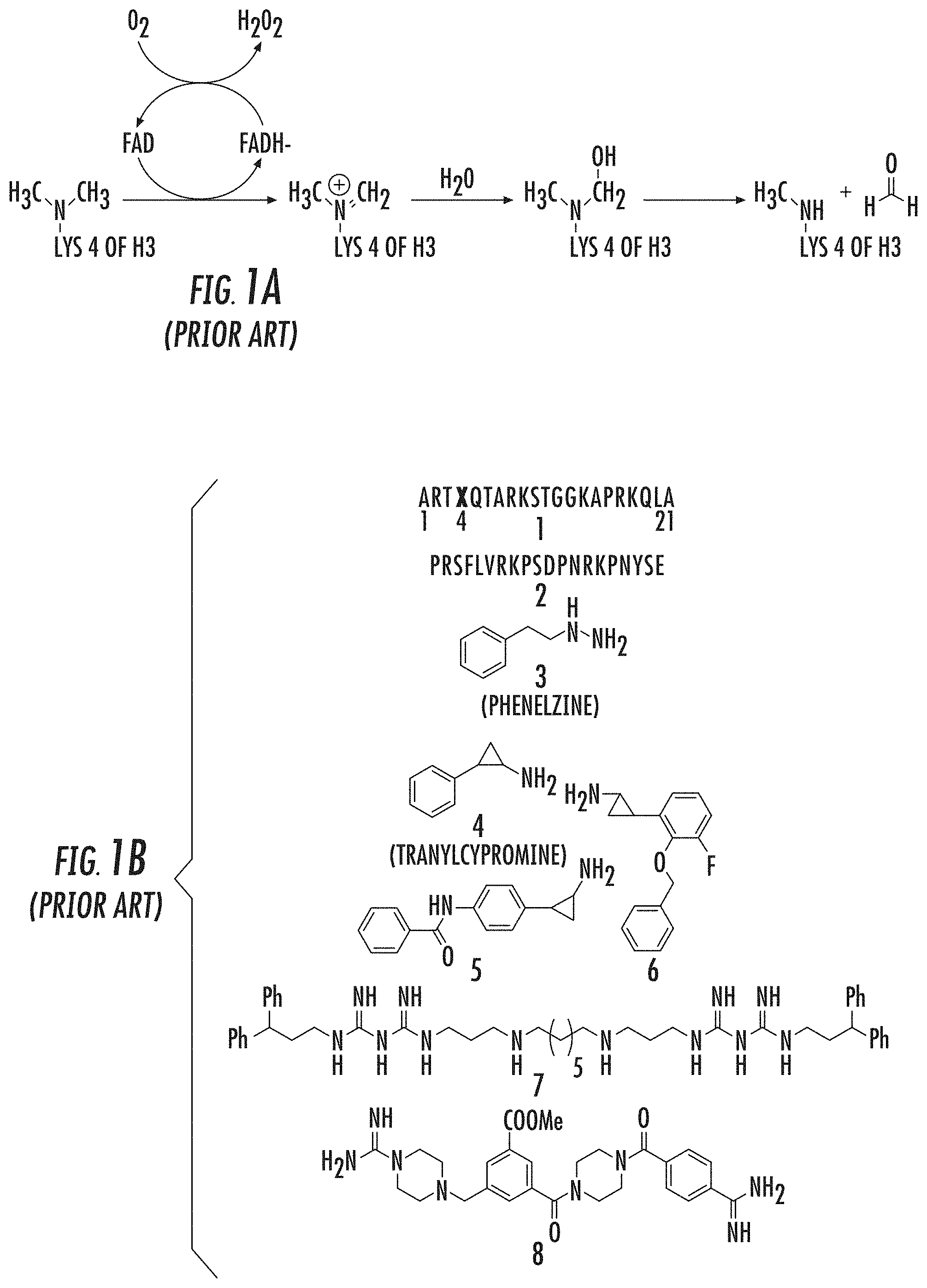Invented by Max S. Wicha, Christophe Ginestier, University of Michigan
Solid tumors, such as breast, lung, colon, and brain cancers, are complex and heterogeneous diseases. They consist of a diverse population of cells, including cancer stem cells, which possess the ability to self-renew and differentiate into various cell types within the tumor. These stem cells are believed to be responsible for tumor initiation, growth, metastasis, and resistance to conventional cancer therapies.
Detecting and isolating cancer stem cells within solid tumors is challenging due to their low abundance and similarity to normal stem cells. However, advancements in technology and research have led to the development of various methods for their detection. These methods include flow cytometry, fluorescence-activated cell sorting (FACS), immunohistochemistry, and molecular profiling techniques. These techniques enable researchers to identify specific surface markers or genetic signatures associated with cancer stem cells, allowing for their isolation and characterization.
Once cancer stem cells are identified, targeted therapies can be developed to specifically eliminate these cells and prevent tumor recurrence. Traditional cancer treatments, such as chemotherapy and radiation therapy, often fail to eradicate cancer stem cells, leading to disease relapse. Therefore, the development of novel treatment strategies that specifically target these cells is crucial.
One promising approach is the use of targeted therapies, such as monoclonal antibodies or small molecule inhibitors, that specifically target surface markers or signaling pathways associated with cancer stem cells. These therapies aim to disrupt the self-renewal and differentiation capabilities of cancer stem cells, ultimately leading to their elimination and preventing tumor growth.
Another emerging area of research is the use of immunotherapy to target cancer stem cells. Immunotherapies, such as immune checkpoint inhibitors and chimeric antigen receptor (CAR) T-cell therapy, have shown promising results in the treatment of various cancers. These therapies harness the power of the immune system to recognize and eliminate cancer cells, including cancer stem cells. By enhancing the immune response against these cells, immunotherapies have the potential to provide long-term remission and improved survival rates for patients with solid tumors containing stem cells.
The market for methods for detecting and treating solid tumors containing stem cells is expected to witness significant growth in the coming years. The increasing understanding of the role of cancer stem cells in tumor progression and therapy resistance has fueled research and development efforts in this field. Additionally, the growing demand for personalized medicine and targeted therapies has further accelerated the market growth.
However, several challenges need to be addressed to fully exploit the potential of these methods. The identification and isolation of cancer stem cells remain technically challenging, and more research is needed to identify reliable biomarkers and develop standardized protocols. Additionally, the high cost of developing and implementing these methods may limit their accessibility in certain healthcare settings.
In conclusion, the market for methods for detecting and treating solid tumors containing stem cells is a promising and rapidly evolving field. Advances in technology and research have paved the way for the development of innovative approaches to identify and target cancer stem cells within solid tumors. As our understanding of cancer stem cells continues to grow, these methods have the potential to revolutionize cancer treatment and improve patient outcomes.
The University of Michigan invention works as follows
The present invention provides a method of treating cancer using an IL8 pathway inhibitor (e.g. an anti-CXCR1 antibodies or Repertaxin), alone or in combination, to kill non-tumorigenic or tumorigenic cancerous cells within a subject. The present invention provides compositions and techniques for detecting and isolating tumor stem cells (e.g. based on CXCR1 and FBXO21) in a subject.
Background for Methods for detecting and treating solid tumors containing stem cells
Cancer is the second leading cause of death in the United States, with over 500,000 deaths each year. Cancer mortality is high despite advances in treatment and detection. “Despite remarkable progress in understanding cancer’s molecular foundation, this knowledge has yet to be translated into effective treatment strategies.
Breast cancer is the most common form of cancer among American women. Approximately one in nine women will develop breast cancer during their lifetime. Metastatic breast cancer remains an incurable condition. “Most women with metastatic cancer die from the disease.
The emergence of cancer cells resistant to treatment has limited the effectiveness of traditional therapies (radiation, chemotherapy and hormonal therapy). It is clear that new approaches are required to identify targets in the treatment of metastatic breast carcinoma and cancer generally.
The present invention relates to methods for treating cancer using an IL8/CXCR1 pathway blocker (e.g. an anti-CXCR1 or Repertaxin antibody) alone or combined with an additional chemotherapeutic drug, such that tumorigenic and non-tumorigenic cancer cells are destroyed in a patient. The present invention provides compositions and method for diagnosing and treating the presence solid tumor stem cells (e.g. based on CXCR1 and FBXO21) in a subject.
In some embodiments of the invention, methods for treating cancer include administering an IL8CXCR1 pathway inhibitor and an additional chemotherapeutic drug to a patient. In certain embodiments of the invention, methods are provided for reducing or eliminating non-tumorigenic and cancer stem cells in a patient. These include administering Repertaxin to the subject or a derivative thereof under conditions that kill at least some of the cancer stem and non-tumorigenic cells. In other embodiments of the invention, methods for reducing or eradicating cancer stem and non-tumorigenic cells in a patient include administering an IL8 CXCR1 pathway inhibitor and an additional chemotherapeutic to a patient under conditions that kill at least a part of the cancer stem cell and non-tumorigenic cells. The present invention, in particular embodiments provides compositions or kit containing an IL8 CXCR1 pathway inhibitor and an additional chemotherapeutic.
In certain embodiments, an agent is used to block the binding of IL8 with CXCR1. In certain embodiments, the drug binds (is specific for CXCR1) but not CXCR2. In some embodiments, the drug binds CXCR1. In certain embodiments, an anti-CXCR1 antigen or fragment of antigen is included in the agent. In other embodiments, Repertaxin is used or a derivative of it. In other embodiments, an anti-mitotic agent is used as the additional chemotherapeutic. In some embodiments, an anti-mitotic agent is selected from a group including: docetaxel (or doxorubicin), paclitaxel (or fluorouracil), vincristine and vinblastine; nocodazole (or colchicine); podophyllotoxin (or steganacin); or combretastatin. In other embodiments the anti-mitotic compounds are catharalthus alkaloids, such as vincristine or vinblastine, or benzimidazole carbohydrates such as nocodazole, or colchicine, or related compounds, such as podophyllotoxin or steganacin, or taxanes such as paclitaxel or docetaxel. In certain embodiments the additional chemotherapeutic drug comprises docetaxel.
In some embodiments, a cancer type that is treated with a chemotherapeutic produces increased levels of IL-8 (which, for example, causes an increase in the number of cancer stem cells). In certain embodiments, the cancer type is selected from the following: prostate cancer (or ovarian or breast cancer), melanoma (small-cell lung, non-small-cell lung, and esophageal carcinoma).
The present invention also provides methods for detecting solid tumor cells, which include: a) providing a tissue sample from a patient’s tumor, b) contacting it with an antibody or antibody fragment that is specific for CXCR1 or FBXO21 (or another protein in Table 1), c) contacting the sample of tissue with the antibody or antibody fragment under conditions where the presence or lack of CXCR1+ and FBXO21+ stem cells can be detected.
In certain embodiments, an antibody or fragment of an antibody is conjugated with a signal molecule. In other embodiments, the fluorescent molecule is used as a signal molecule. In some embodiments, the enzyme can catalyze the color-producing reaction when a substrate is present. In some embodiments, the process also includes contacting the sample using a secondary antigen, or secondary fragment of an antibody or fragment.
In other embodiments the secondary antibody or secondary fragment antibody contains a signal molecule. In some embodiments, other nucleic acid or proteins are not tested to determine whether CXCR1+ or FBXO21+ stem cells are present. The tumor can also be selected from among the following: a prostate tumor, an breast tumor, an ovarian tumor, small-cell lung tumors, melanomas, non-small-cell lung tumors, and esophageal cancers.
The present invention, in some embodiments provides methods for enriching a population for solid tumor cells by: a) disassociating the solid tumor into disassociated cells; and b) contacting these disassociated cells with an agent that binds CXCR1 (or another protein from Table 1); and c), selecting cells that bind the reagent.
In certain embodiments, the population of solid tumor stem cells is generated without using any additional reagents. In certain embodiments, the selected tumor is from a group including: a prostate tumor, an breast cancer tumour, an ovarian tumor, non-small-cell lung tumors, small-cell lung tumors, and esophageal carcinoma tumors. In other embodiments, the reagent can be an antibody (e.g. Fab fragment) or an antibody fragment. In other embodiments, the reagent can be conjugated with a magnetic particle or a fluorescent dye. Other embodiments select cells by flow cytometry or fluorescence activated sorting.
The present invention, in particular embodiments provides an enriched group of solid tumor stem cell isolates by the described methods.
In some embodiments of the invention, isolated populations cancer stem cells are provided that: a) are tumorigenic and b), CXCR1+or FBXO21+. In some embodiments, cancer cells can be selected from the following: prostate cancer cells; ovarian cancer cells; breast cancer cells; skin cancer cells. In some embodiments, at least 60% of the population is cancer stem cells. Less than 40% are non-tumorigenic tumour cells. In other embodiments, cancer stem cells are at least 2-fold more enriched than unfractionated, non-tumorigenic tumour cells. . . , 10-fold, . . . 100-fold, . . . 1000-fold).
The present invention, in some embodiments provides methods of obtaining from tumors a cellular mixture comprising cancer stem and non-tumorigenic cells. At least 60% of the tumor stem cells are included, and at least 40% are non-tumorigenic. In some embodiments, separating can be performed using flow cytometry (FACS), affinity chromatography, magnetic selection, panning or fluorescence activated cells sorting. In certain embodiments, the separation is carried out by FACS analysis.
The present invention, in particular embodiments provides methods for selecting treatment for a person with a solid tumour, including: (a), obtaining a specimen from the patient, (b), identifying the presence CXCR1+ and FBXO21+ stem cells in the sample, (c), selecting a therapy for the patient which targets CXCR1+ and FBXO21+ stem cells (e.g. selecting an anti-CXCR1 or antibody fragment). In some embodiments, CXCR1+ and FBXO21+ tumor stems cells are cancer cells chosen from a group including: prostate cancer, ovarian, breast, skin, non-small-cell lung, small-cell, lung, esophageal, adenocarcinoma, or lung stems cells.
The present invention, in some embodiments provides methods for screening a drug, which include: a. exposing a CXCR1+ (or FBXO21+) cancer stem cell sample to a candidate compound that is an anti-neoplastic, i.e., a CXCR1 antagonist, FBXO21 inhibitor, or IL8-CXCR1 pathway antagonist. b. detecting a response in the cell.
In certain embodiments, a sample includes a mammosphere that is non-adherent. In other embodiments, CXCR1 antagonist, FBXO21 or IL8 CXCR1 pathway antagonist is an antibody or fragment of an antibody. In certain embodiments, CXCR1 is a Repartaxin derivative. In some embodiments, the detecting includes detecting the cell death of the cancerous breast cell. The methods may also include identifying that the anti-neoplastic candidate is capable of killing both tumorigenic and non-tumorigenic breast cancer cells.
The present invention, in some embodiments provides methods to determine the ability of a testing compound to inhibit the tumorigenesis in solid tumors stem cells. These include: a. obtaining enriched tumor stems cells that are: i. at least twice as enriched compared to unfractionated cells; ii. express CXCR1 and FBXO21. b. exposing the first, but not the second, set of solid stems cells to the test compound. c. injecting the first The test compound can be a CXCR1-FBXO21 or IL8CXCR1 pathway inhibitor.
The present invention also provides methods to determine the ability of a testing compound to inhibit the tumorigenesis in solid tumor cells. These include: a. obtaining a solid tumor cell sample comprising at minimum 60%, where the solid tumour stem cells express CXCR1 and FBXO21. b. injecting these solid tumor cells into the first and second hosts animals. c. treating the first host with a trial compound and not treating second host with the same test compound. d. comparing the tumors formed in the first animal to those in the second animal to the test compound and the test compound. The test compound can also be a CXCR1 inhibitor, FBXO21 antagonist or an IL8/CXCR1 pathway blocker.
DESCRIPTION of FIGURES
Click here to view the patent on Google Patents.


